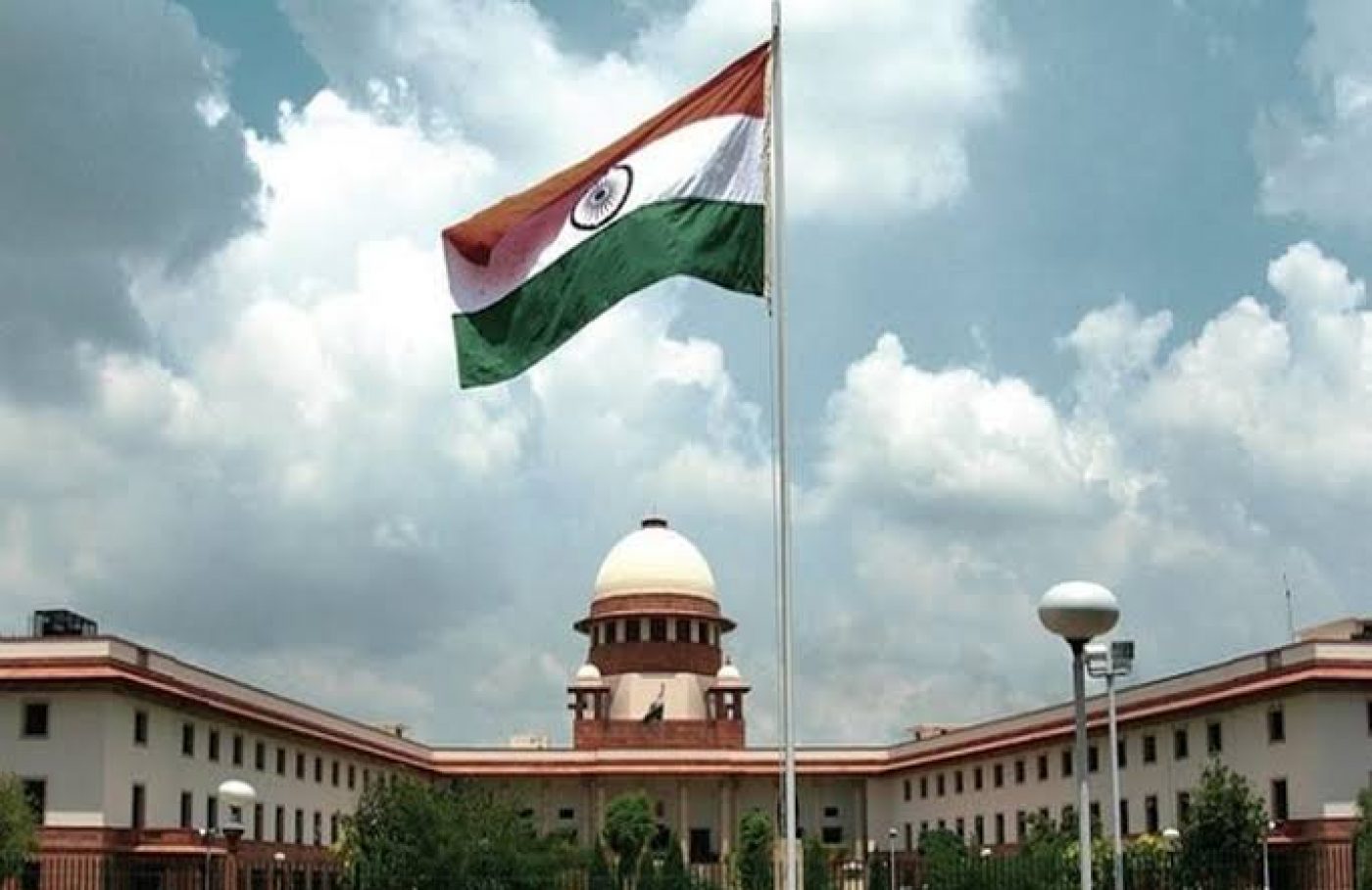Right to movement and residence throughout the territory of India are freely available to Indian citizens. But these rights are not absolute.
Indian citizens enjoy freedom of movement and residence throughout India by virtue of Articles 19(1)(d) and 19(1)(e) respectively. It ensures commingling between different sections of the citizenry and engender a feeling of fraternity.
However, this right is not absolute. Article 19(5) empowers the State to restrict these rights in interest of general public and interests of scheduled tribes. Thus,
- Schedules 5 and 6 of the Constitution further restrict the right to transfer and alienate land.
- Externment orders by authorities under the Police Acts of the state not only curtail the right to movement and residence of a citizen but also forces one to move out of a particular jurisdiction.
- Inner Line Permit is required to access certain areas of some North Eastern states.
- Cantonment areas under the command of Ministry of Defense are highly regulated.
- Movement in protected areas like tiger reserves is restricted for protection of biodiversity.
- Social mores can also be a restriction. Example, certain Parsi housing societies in Mumbai prohibit non Parsi residents.
Thus, various legal, administrative and socio-political considerations restrict the freedom of internal movement. Although safeguards to protect the interests of tribal sections and environment are laudable, one wonders whether the colonial relic of externment by police authorities can withstand the test of proportionality to ensure larger public interest under 19(5).
